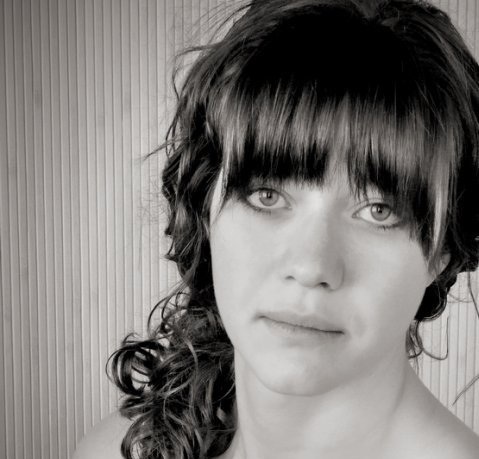Today we have a special guest post from the talented Emily Wenstrom. If you haven’t visited her blog, Creative Juicer, I urge you to check it out today. She offers awesome creativity prompts and presents fascinating interviews with other creative folks.
Lit addict, movie junkie, writer. Emily Wenstrom blogs about creativity in art and career at Creative Juicer.
She is also the founder and editor of wordhaus, a short story zine built for the digital age and now seeking submissions.
For the artist, an online platform can be the difference between success and failure, connecting with your fans and falling flat.
Most people today know this and have a few social media accounts set up. But then what? How do you get the most from them? Posting the same content on all your networks will stunt your return on the time you put in. Each medium is different, and each has its own strengths and weaknesses — use them for their strengths, and the connections you make will be much richer.
Website: If you’re an artist and you don’t already have a website, do it now (it’s super easy to set up a WordPress page). Your website is your home base, your own little corner of the Internet that’s all yours. Establish your personal brand with a color palette and tone that reflects your personality and artwork. Include a gallery of your work, free samples of your writing, etc. And be sure to make it easy for people to buy your work! You should also link to all your other social media and online platforming here.
Blog: A blog is a place to share your personality and expertise. This will work best if you keep a narrow focus on a topic relevant to your work and your target audience. A blog is for you if you can write fairly well and you can give the time to update it at least weekly.
Facebook: Facebook is a broad network, making it an easy place to connect with many. Its features make it a great place for short posts relevant to your art and/or your blog, and a great place for interactions with your audience. Ask questions, spark conversations, link to resources. Share images and videos. Be highly engaged with those who interact with the page.
Twitter: This is an excellent platform to connect with a smaller but highly engaged and tech-savvy audience. Don’t just tweet your latest blog or Facebook posts! Use Twitter to share other great content relevant to your platform and network with your fans and other experts in your field.
Pinterest: If your work is visual (paintings, photographs) this is a great platform for you. Use it as a gallery of your work. Even writers could benefit from collecting pins their main characters would like, or sketches of settings, or things that inspire you.
Other: There’s a myriad of smaller niche sites out there. For authors there’s Goodreads; musicians might want to give the new MySpace a try. Medium could be good for someone who writes a lot of articles and other content. Stick to what’s relevant to you.
Each network is set up different and attracts different mindsets. So don’t post the same update on three different networks! You’ll get more engagement if you use each one for its strengths.
Yes, this takes more time and a ton more thought — so don’t be afraid to to be pickier about which social media you invest in. When you take the time to do it right, the investments in the social media you choose to participate in will pay off far better.

Thanks for hosting me today, Preeti. Thrilled to be here 🙂
Emily, thanks for sharing your wisdom with all of us. I really appreciate your taking the time to present such valuable information.
An excellent and straight forward reminder of the potential power of social media and how it can serve and perhaps even enhance our art. It certainly led me to a whole host of excellent people like yourself. Thanks for the post.
And now I’ll have a look around Preeti’s site!
Welcome and thanks so much for visiting! I contine to add content and seek out guest bloggers.